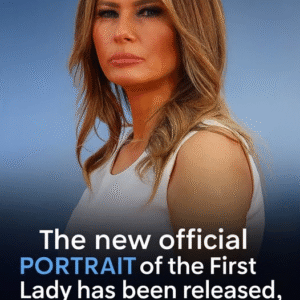President Donald Trump announced that he had reached a form of trade understanding with Chinese President Xi Jinping after a closed-door meeting in South Korea on Wednesday. The encounter, held in Busan, drew global attention as the two leaders revisited long-standing tensions over tariffs, technology, and supply chains.
Before the meeting, Trump posted a message on Truth Social referencing nuclear weapons testing — a remark many analysts interpreted as a subtle caution to Beijing against escalating military or geopolitical pressure.
Despite the tense backdrop, Xi described their meeting as “warm,” saying it was good to reconnect and emphasizing the importance of maintaining a stable U.S.–China relationship even amid disagreements.
“We have a deal,” Trump told reporters afterward. “Every year we’ll renegotiate the deal, but I think it’ll go on for a long time.”
On Thursday, Trump announced his intention to reduce tariffs on Chinese imports following what he called “productive and promising” discussions. According to Fox News, the two leaders reached new understandings on several issues, including fentanyl enforcement, agricultural trade, and a temporary pause on China’s planned export limits for rare-earth minerals.
In the days leading up to the summit, U.S. and Chinese officials signaled that negotiations would center on tariffs, technology exports, and competition for critical supply chains — points of friction that have defined relations between the world’s two largest economies.
Trump said he was optimistic the two sides could move closer to common ground. He initially indicated that tariffs would drop from 20% to 10% following Xi’s pledge to intensify efforts against fentanyl trafficking.
However, an administration aide later clarified that the adjusted rates would remain significantly higher — between 45% and 47%.
“I believe he’s going to work very hard to stop the death that’s coming in,” Trump said of Xi’s promise to target fentanyl networks.
Trump also announced that China would suspend planned rare-earth export controls for one year, with both leaders agreeing to revisit the matter next year. He noted that they also discussed semiconductor cooperation, including China’s interest in additional purchases from Nvidia, though the newest generation of advanced processors was not part of the talks.
The meeting lasted roughly one hour and forty minutes and concluded with a brief photo opportunity. Cameras captured Trump leaning toward Xi to exchange a few quiet words before the two leaders shook hands and departed separately.
Earlier, both leaders had offered brief public remarks.
“It’s an honor to be with a friend of mine,” Trump said, acknowledging that while disagreements remain, the talks had already produced “a lot of progress.”
Xi responded that seeing Trump again “felt warm,” noting that friction between major powers is inevitable but insisting the two nations “can still find ways to thrive side by side.”
While en route to South Korea on Air Force One, Trump suggested he might lower tariffs further if Beijing’s efforts on fentanyl prove substantial.
“I expect to be lowering that because I believe they’re going to help us with the fentanyl situation,” he said, adding, “The relationship with China is very good.”
In a later Truth Social post, Trump thanked Xi for authorizing large purchases of American soybeans, sorghum, and other agricultural goods. He also highlighted China’s commitment to continue the flow of rare-earth minerals and other critical materials, as well as Beijing’s pledge to increase energy imports from the United States.
“Very significantly,” Trump wrote, “China has strongly stated that they will work diligently with us to stop the flow of fentanyl into our country.”





